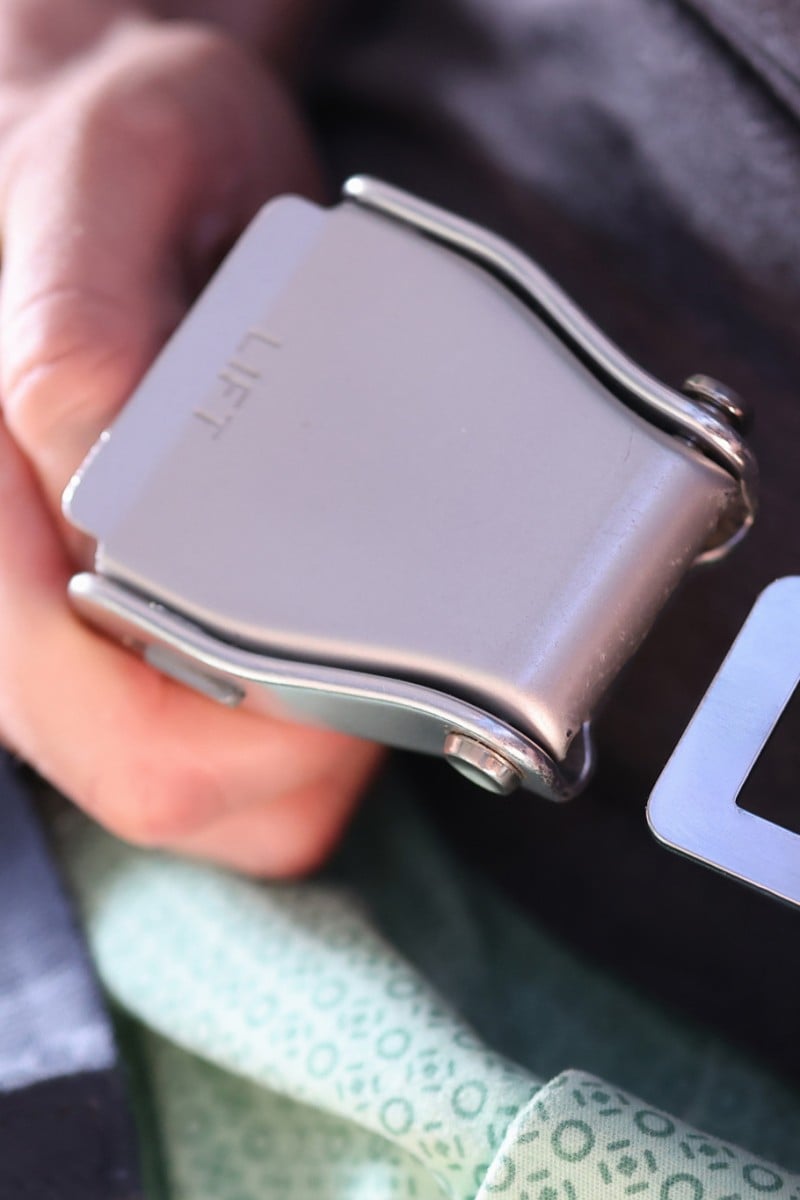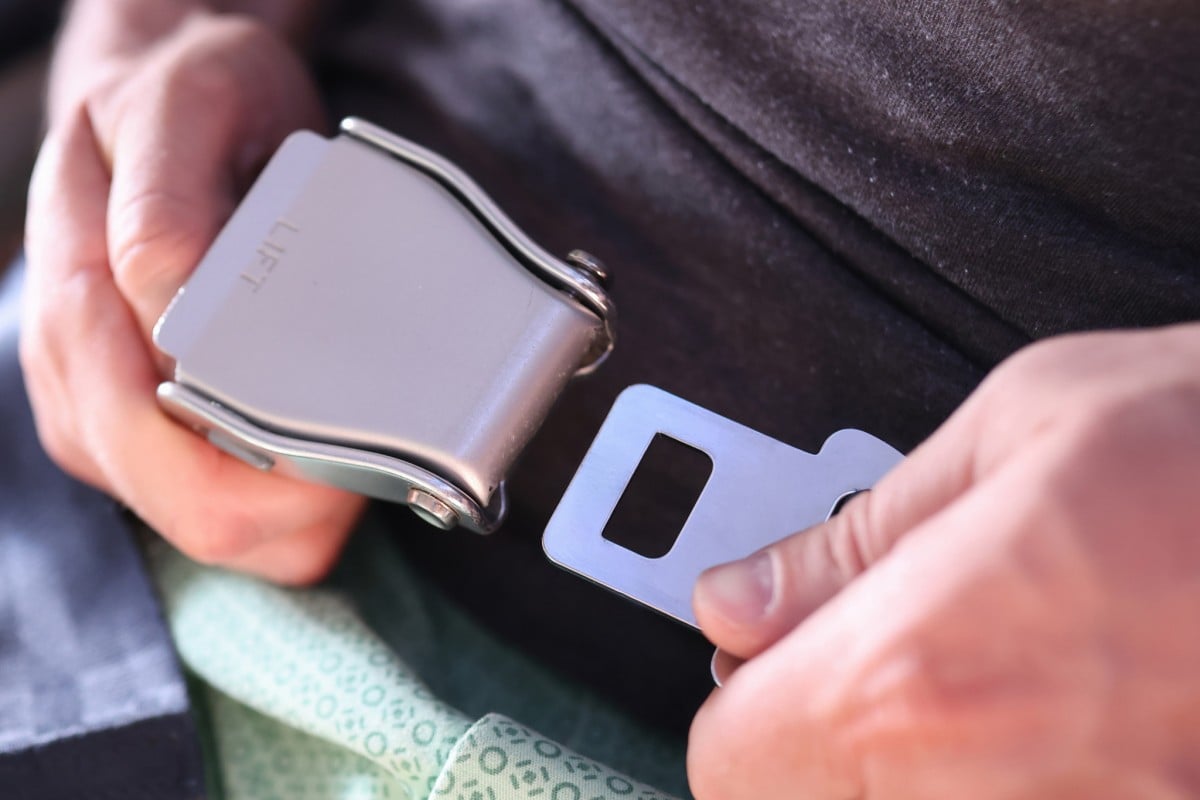
How aeroplane seat belts are designed to keep you safe during emergencies
Plane seat belts are made to be immediately visible, quickly located and easily released
 Seat belts on aeroplanes have a special design that makes them easier to remove in an emergency. Photo: Shutterstock
Seat belts on aeroplanes have a special design that makes them easier to remove in an emergency. Photo: ShutterstockThe crash of a Delta Air Lines plane in Toronto in February ended with all 76 passengers hanging upside down, strapped in their seat belts. The plane landed belly up and caught fire. However, everyone – including the four crew members – survived, though some passengers were severely injured.
Aviation experts say that the fact everyone wore their seat belts likely prevented injuries and deaths when the plane crash-landed. The seat belts helped keep people in their seats, instead of being thrown around the cabin.
There is a good reason why airlines repeat the instructions for how to unbuckle seat belts before every flight.
Plane seat belt buckles are different from the ones in cars. They are designed to be immediately visible, quickly located and easily released by passengers and rescuers.
In a situation where passengers need to escape, the first thing many people do is reach for a red plastic button between the seats instead of lifting up the metal buckle, as they are instructed to do.
Edwin Galea is an expert in emergency evacuation dynamics. He explained: “People tend to try and press a button on the seat belt because in an emergency situation, they revert to normal behaviour.”
In many of the airline accidents he has studied, passengers struggled to release their seat belts, with only seconds remaining before escape would be impossible.
Car seat belts release with red plastic buttons that are tucked between the seats. They can only be operated by pushing the button with a finger. Airline seat belt releases are front and centre on the passenger’s lap and can be operated with any part of the hand.
First responders to car crashes often cut the seat belts rather than wasting precious seconds hunting for and operating the push-button releases.
So airline seat belts are designed the way they are for good reasons. Listen to the safety instructions. Before takeoff and landing, release and reinsert the buckle a couple of times. Airline safety is no laughing matter.
Tribune News Service
Find out more
What are some other safety features in aeroplanes?
Most plane seats are designed not to catch fire. They are made of fire-resistant materials.
Oxygen masks are a very important safety feature on planes. If the air pressure in the plane gets too low, these masks will drop down so passengers and crew can breathe properly.
Emergency lighting systems guide passengers to exit points during evacuations.
In such instances, evacuation slides will also be released. These inflatable devices allow passengers to quickly and safely exit the aircraft. They can be used on land and in water. Some slides are also designed to function as rafts.